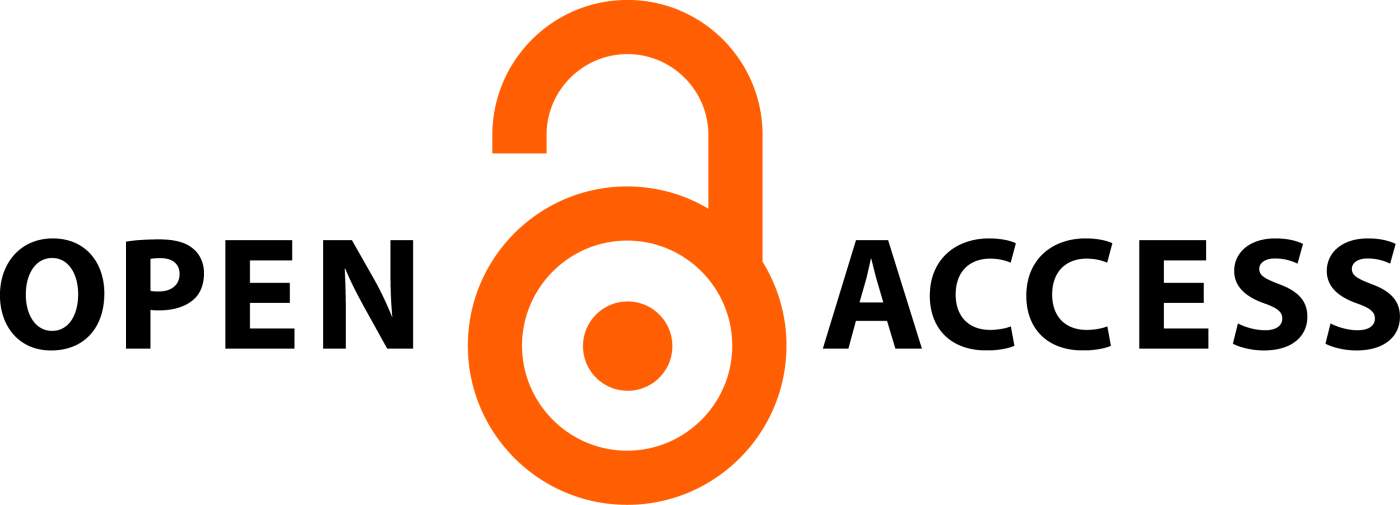A PROSPECTIVE OBSERVATIONAL STUDY ON THE PREVALENCE OF DYSLIPIDEMIA AND CARDIOVASCULAR COMPLICATIONS IN HYPOTHYROID PATIENTS
Prevalence study on dyslipidemia and cardiovascular complications in hypothyroid patients
Abstract
Objective: The main objective of current study was to assess the prevalence of dyslipidemia and cardiovascular complications in Hypothyroid patients.
Methods: In this prospective observational study, 110 subjects have been participated. ASCVD scale is used which assess the next 10years cardiovacular risk of a patient. ASCVD score categorizes into low, intermediate, borderline and high. Hypothyroid patients are assessed with lipid profile followed by ASCVD scale.
Results: ASCVD risk category distribution highlights a higher percentage in the low-risk category (71.82%). The study also reveals a strong association between hypothyroidism and hyperlipidemia, with the majority of patients having ideal hyperlipidemia levels (89%). Comorbidities such as hypertension and type 2 diabetes mellitus are prevalent, with a significant portion having no comorbidities (50.9%). Family history analysis shows a majority without a family history of hypothyroidism (84.5%).
Conclusion: From our study we concluded that despite the high prevalence of comorbidities, a substantial proportion of patients exhibited ideal lipid profiles, emphasizing the need for targeted interventions addressing modifiable risk factors. Family history and ASCVD risk assessment provide valuable insights into risk stratification and personalized treatment approaches. Overall, these findings underscore the importance of multidisciplinary approaches integrating endocrinology, cardiology, and lifestyle interventions in optimizing outcomes for hypothyroid patients at risk of cardiovascular complications.
Downloads
All the articles published in JAPSR are distributed under a creative commons license (CC BY-NC-SA 4.0)
Under this license, you are free to:
- Share- copy and redistribute the material in any medium or format for any purpose, even commercially.
- Adapt- remix, transform, and build upon the material for any purpose, even commercially.
The licensor cannot revoke these freedoms as long as you follow the license terms.
- Attribution — You must give appropriate credit , provide a link to the license, and indicate if changes were made . You may do so in any reasonable manner, but not in any way that suggests the licensor endorses you or your use.
- NonCommercial — You may not use the material for commercial purposes .
- ShareAlike — If you remix, transform, or build upon the material, you must distribute your contributions under the same license as the original.
- No additional restrictions — You may not apply legal terms or technological measures that legally restrict others from doing anything the license permits.
Copyright policy
The journal allows the author(s) to hold the copyright of their work. That means the authors do not need to transfer the copyright of their work to the journal. However, the authors grant JAPSR a license to publish the article and identify itself as the original publisher.
Licensing policy
The journal allows the author(s) to hold the copyright of their work. That means the authors do not need to transfer the copyright of their work to the journal. However, the authors grant JAPSR a license to publish the article and identify itself as the original publisher.






